 28 April 2016
Rocket Launch from Russia's Vostochny Cosmodrome Successful
28 April 2016
Rocket Launch from Russia's Vostochny Cosmodrome Successful
... in the non-navigable waters of the Pacific Ocean. The Lomonosov satellite's objective is the observation of gamma-ray bursts, high-energy cosmic rays and transient phenomena in the Earth's upper atmosphere. The main instrument on board is the TUS...
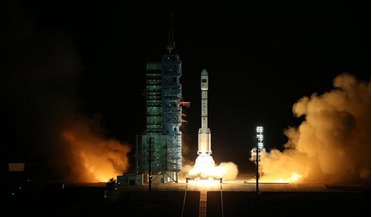 16 September 2016
China launches its second space lab 'Tiangong 2' into orbit
16 September 2016
China launches its second space lab 'Tiangong 2' into orbit
... funded by the Swiss, this international mission is dedicated to measuring the polarity of photons from gamma ray bursts (GRBs) to try and ascertain how these bursts produce such high-energy photons in the first place. “By itself, Tiangong 2 is not...
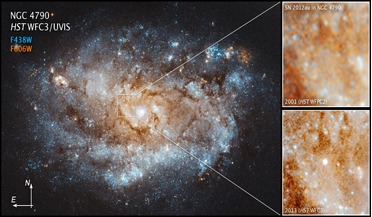 12 September 2018
Birth of new star from a supernova seen for first time
12 September 2018
Birth of new star from a supernova seen for first time
... and black holes, and astronomers think they might be related to other kinds of phenomena, like fast radio bursts and gamma ray bursts. Unfortunately due to their rarity and distance from Earth they can be difficult to observe, but hope...
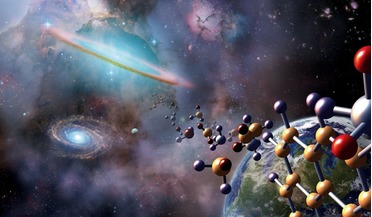 July 2020
Life in the universe – common or not?
July 2020
Life in the universe – common or not?
..., University of Tokyo, Japan. His primary research interests are explosive phenomena (such as supernovae and gamma-ray bursts), galaxy formation and evolution, and cosmology. He conducts theoretical analyses combined with observations using state...
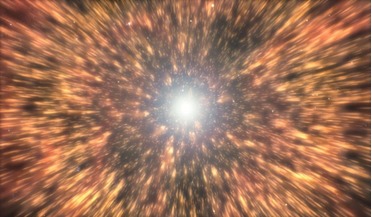 14 November 2016
Mysterious Quark Nova lights up an exploding star for a second time
14 November 2016
Mysterious Quark Nova lights up an exploding star for a second time
...quarks and it becomes a quark star. It is said that a quark-novae might explain a number of astrophysical phenomena from gamma ray bursts through to super-luminous supernovae and a team from the University of Calgary in Canada are now suggesting that...
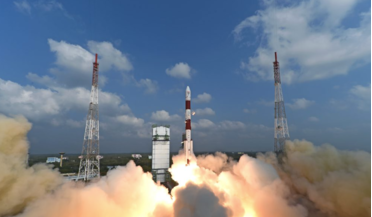 21 August 2017
First Slovak satellite launched into space
21 August 2017
First Slovak satellite launched into space
...of the future research projects could be an international collaboration aimed at putting a fleet of multiple CubeSats into space to study gamma ray bursts – extremely energetic explosions that have been observed in distant galaxies. skCUBE satellite